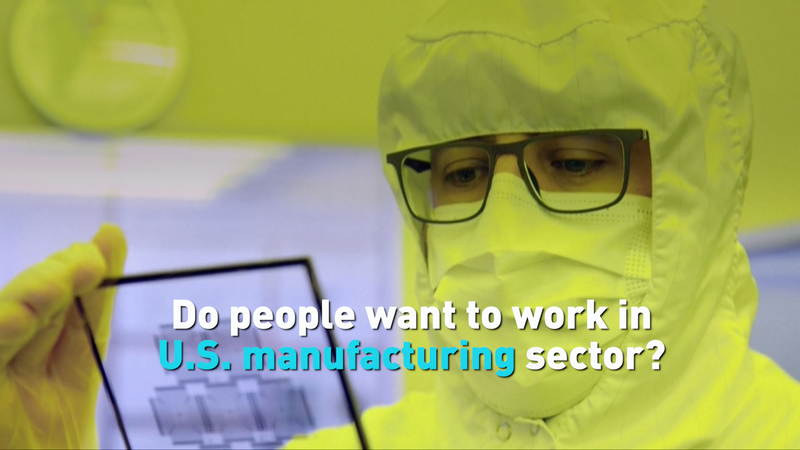When the U.S. imposed on-again, off-again tariffs to bring back a golden age of manufacturing, it wasn’t just about protecting brands like Ford and Levi’s. It was a bid to make factory lines—from cars and computers to clothes—more competitive at home amid a global shift toward advanced production.
Yet even before the trade war kicked off, American factories faced a puzzle: around 500,000 positions sat open, according to industry data. With tariffs sweetening the deal, will workers flock to fill them? This talent crunch isn’t unique to the U.S. Similar shortages are hitting factories in Europe and Asia, turning the fight for skilled workers into a global game of musical chairs.
Why the Gap?
Manufacturing today is far from the old assembly lines of the past. It’s high-tech: robots, 3D printers, and smart sensors run alongside skilled operators. For young professionals and tech enthusiasts, that blend of digital skills and hands-on work can be a draw—but only if they know it’s there.
The Talent Crunch
- Skills Mismatch: Surveys show many jobseekers lack training in automation, robotics, and basic coding.
- Perception: Factory work still fights a 'old-school' reputation despite offering median wages above $60,000.
- Location: Plants in the Midwest and rural areas can be a tough sell for urban millennials.
Shaping the Future
To close the gap, companies are launching upskilling programs, partnering with community colleges, and using virtual reality to train new hires. Some start-ups are reimagining manufacturing hubs in once-forgotten towns—turning them into tech-driven workspaces that appeal to digital nomads and changemakers.
At the intersection of policy, innovation, and workforce development, the question remains: will tariffs alone shift perceptions, or will deeper investments in people and technology be the real game-changer?
Reference(s):
cgtn.com




